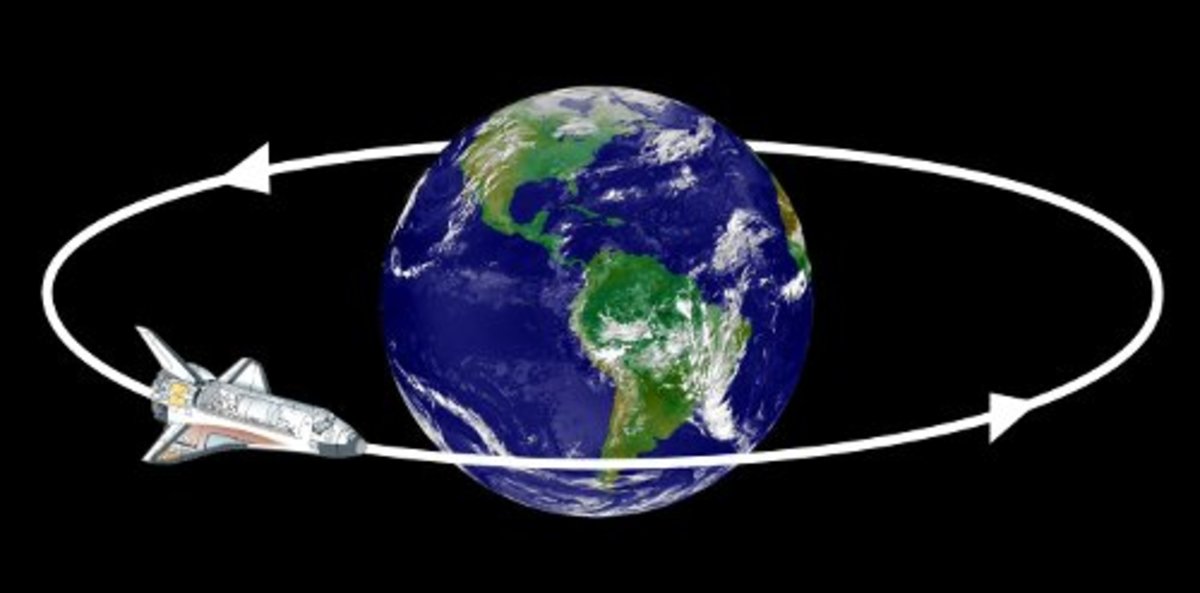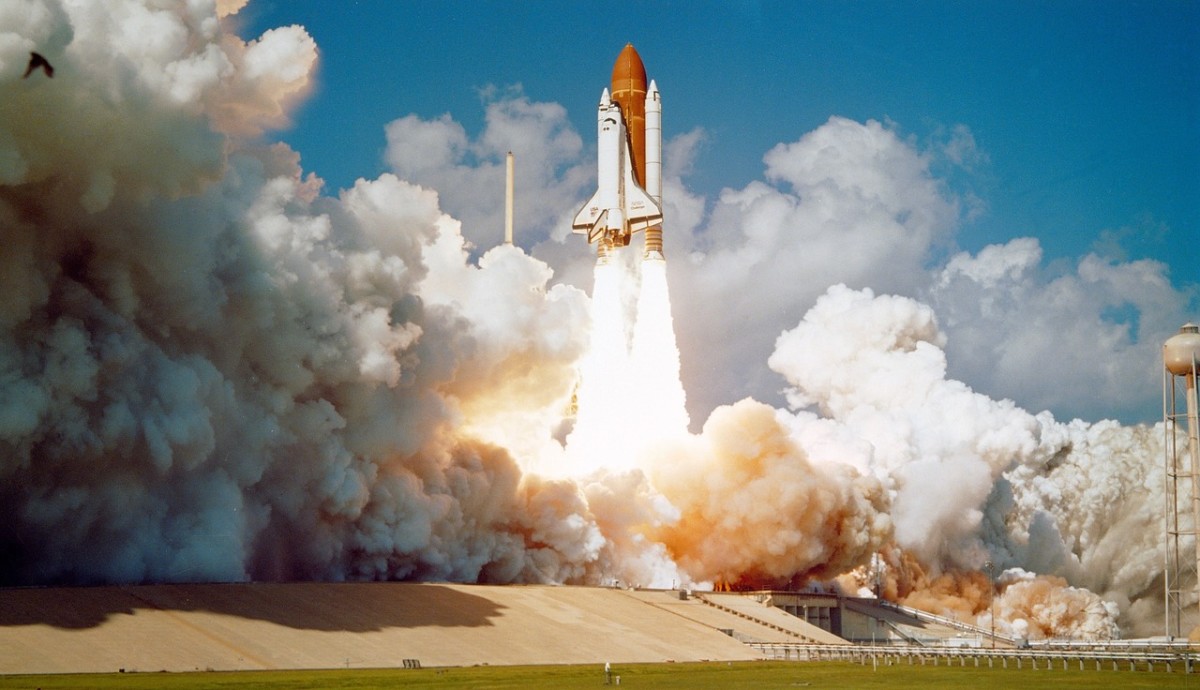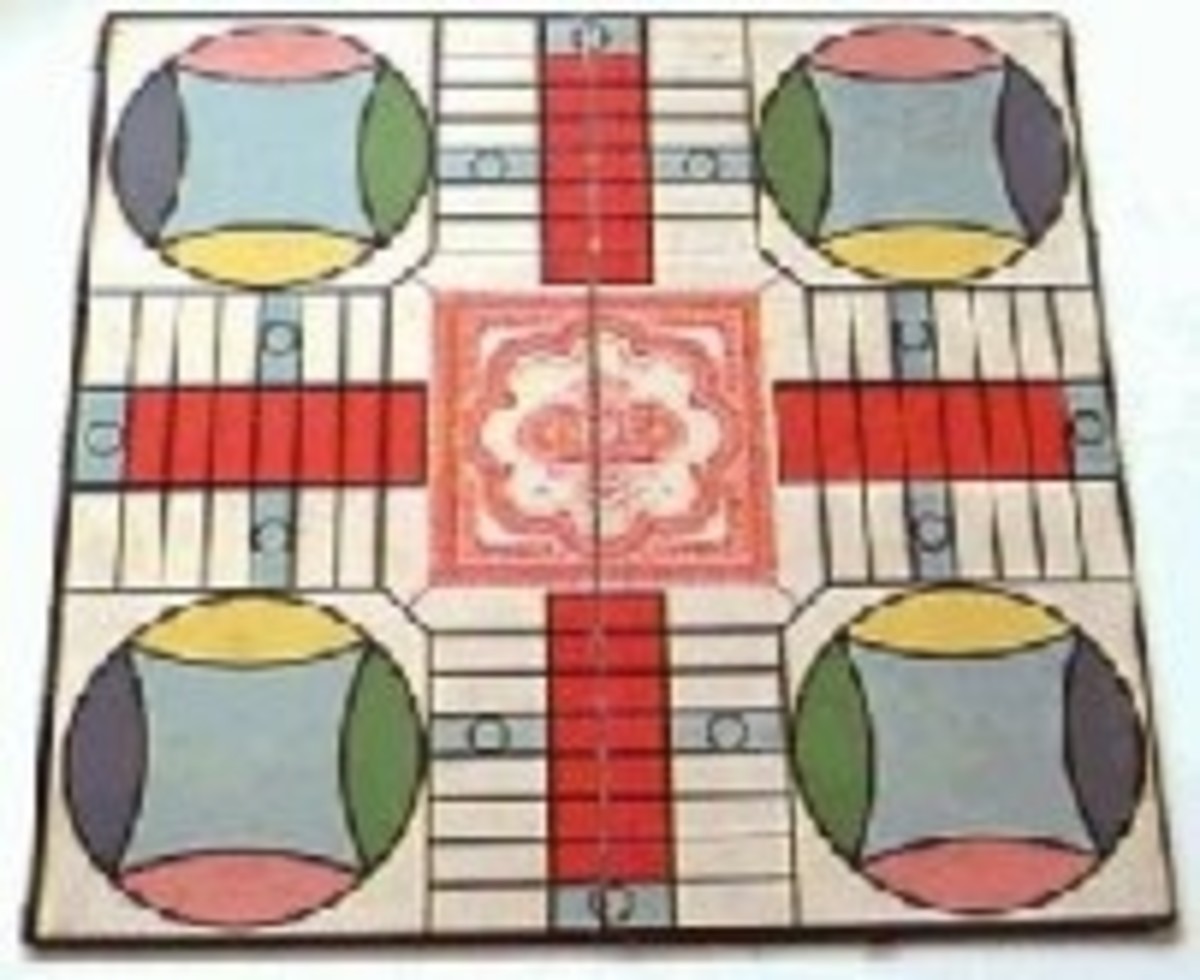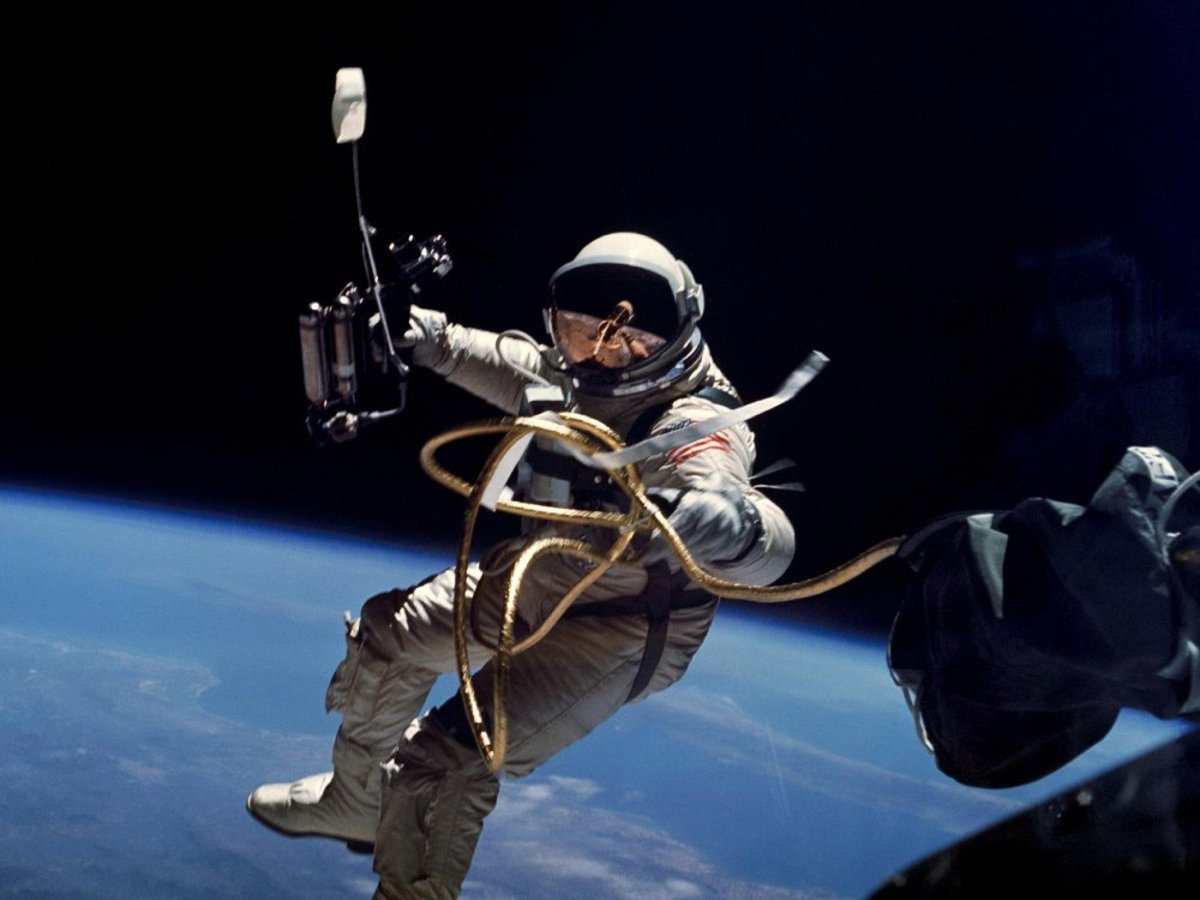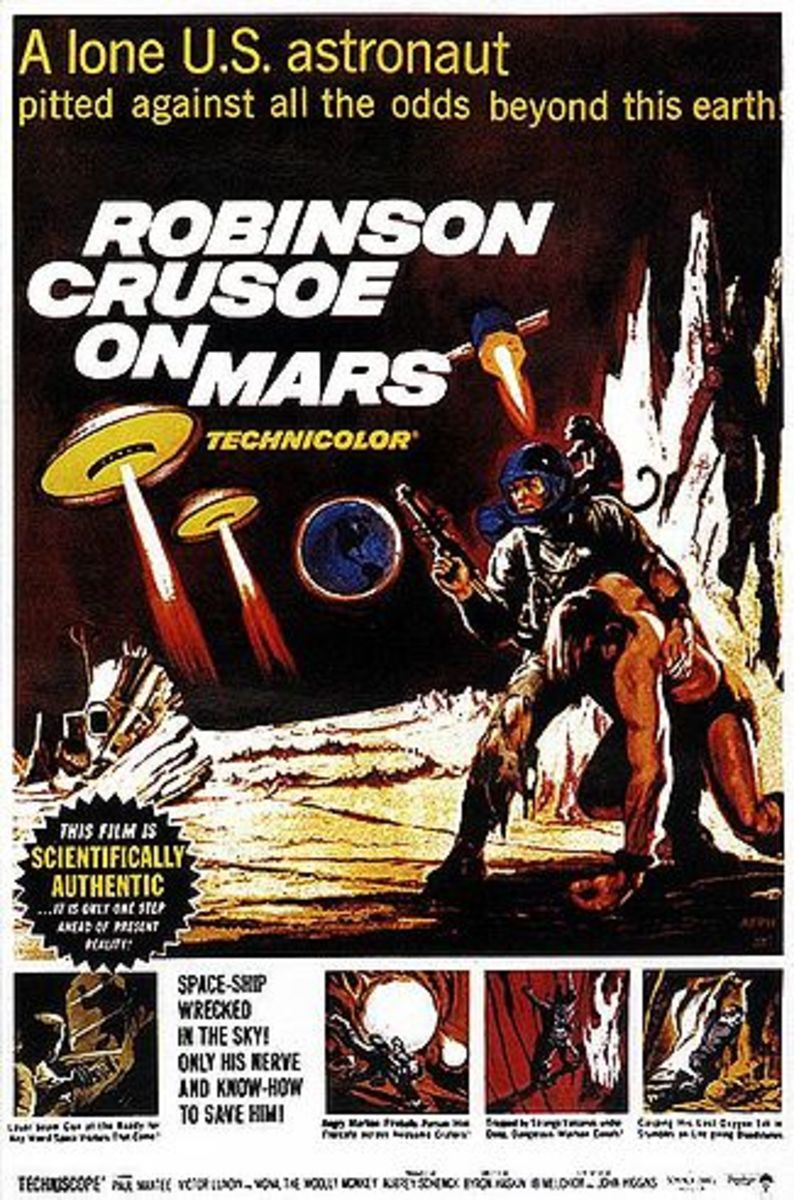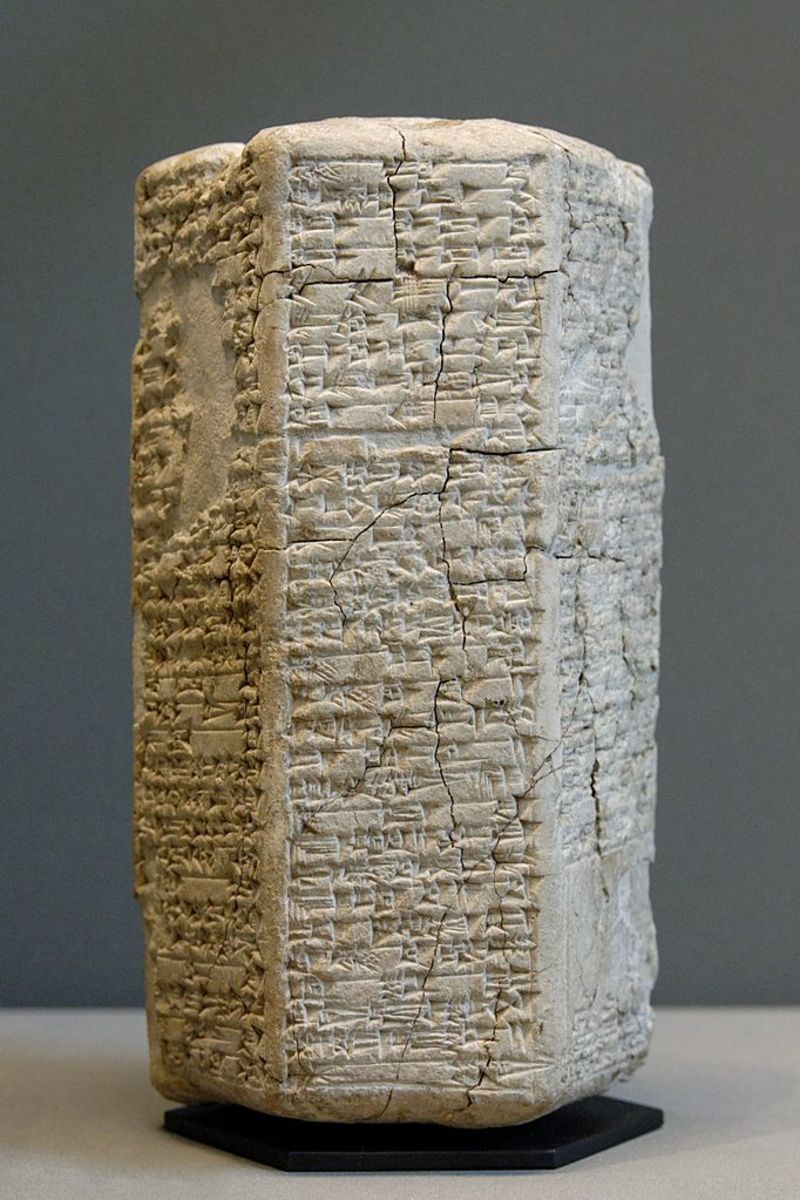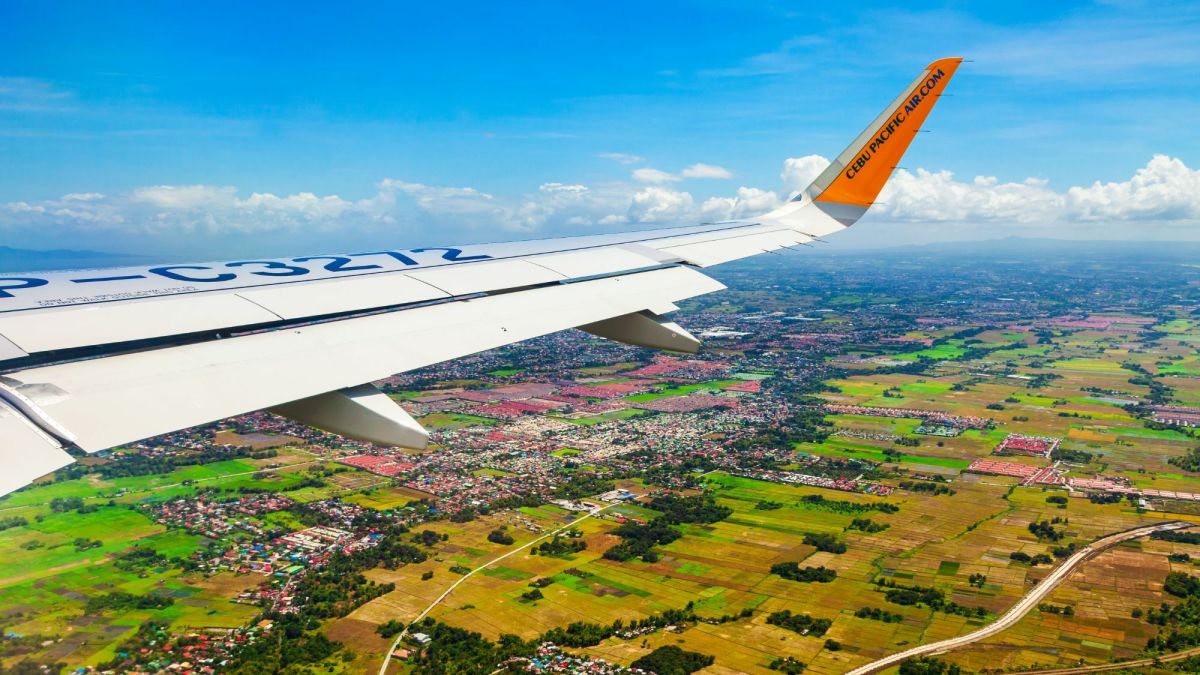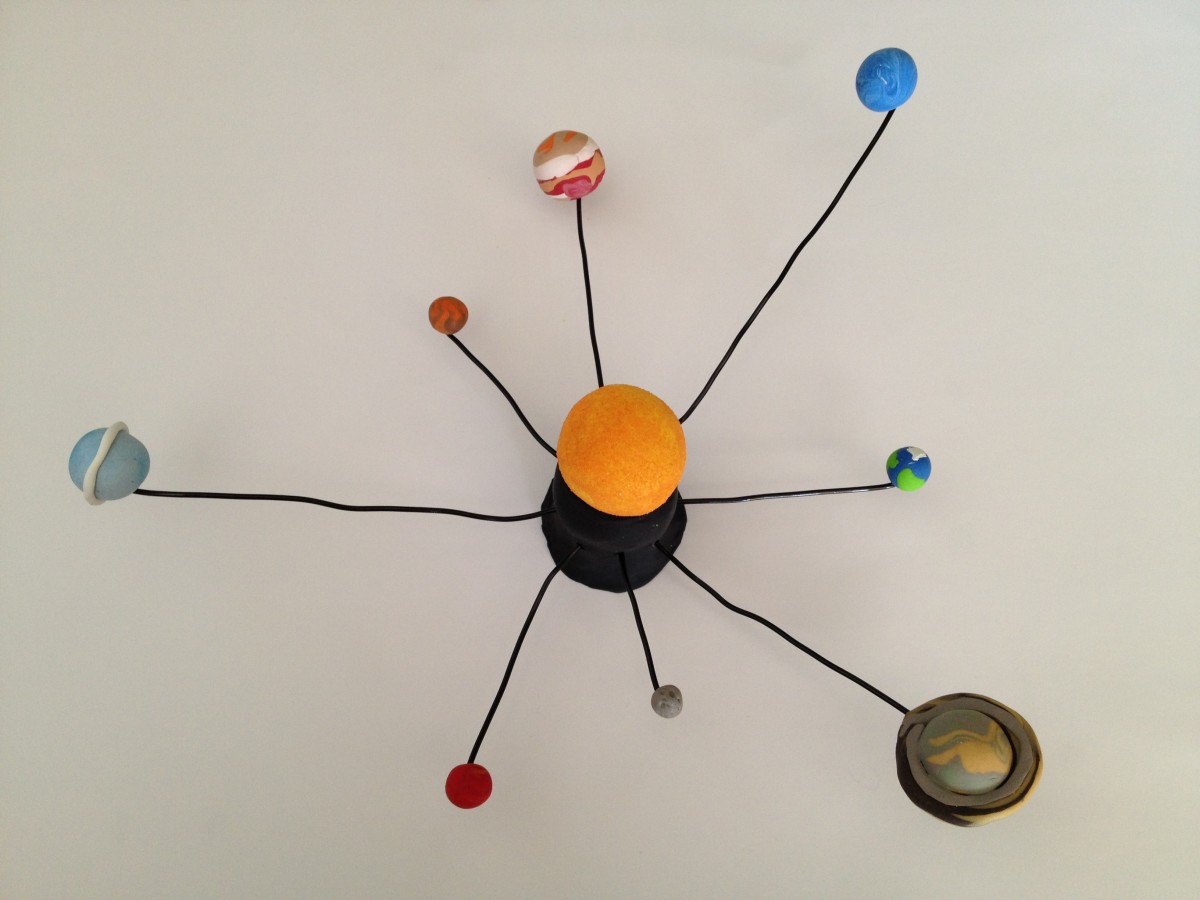Beware Debris in space
French military satellite, Cerise, was launched by anAriane rocket from Kourou inFrench Guiana on 7th July 1995. Next year a space debris object hit 4.2 metre long pole of Cerise which left the satellite severely damaged and made it the first verified case of a collision between two objects in space. The Russian satelliteKosmos-2251 was launched on June 16, 1993, went out of service in 1995 and remained in orbit asspace debris. On Feb. 10, 2009, it collidedwith a U.S. commercial satellite Iridium -33 at a speed of 11.7 kilometres per second (42,120 kilometres per hour) and destroyed both. According to NASA this satellite collision created approximately 1,000 pieces of debris, each larger than 10 cms, in addition to many smaller ones. On Saturday (9th September, 2012) morning, about 30 hours after the countdown had started for launching India’s PSLV-C21, an update predicted a possible collision of debris. There were six big pieces of space debris that posed danger to 100th space mission of India. By delaying the lift off by two minutes, Indian scientists avoided a probable disaster of PSLV-C21. They permitted two pieces of debris weighing 15kg to 150kg could pass by then. The delay was informed to the Prime Minister of India, Dr Manmohan Singh who was waiting to watch the rocket launch from the Satish Dhawan Space Centre in Srikarikota and French and Japanese clients whose satellite were waiting in the payload. India’s 100th space mission was a huge success. What is space debris? How they pose threat to space mission?
NASA tracks more than 500,000 pieces of debris, or space junk in our space. Debris is any man-made object in Earth’s orbit which has no use. Such debris includes non functional spacecraft, abandoned launch vehicle stages, mission-related debris and fragmentation debris. They are more than the size of marble, some of them more than size of a softball. There were many smaller ones that cannot be tracked down. But they are travellingat speeds up to 17,500 mph and capable of damaging satellites and spacecrafts. Even tiny pieces can damage a spacecraft when travelling at these velocities. The collision of Kosmos-2251 and Iridium -33 added more than 2,000 pieces of trackable debris to the inventory of space junk.The population of space debris is rising every year leading to the potential danger to all space vehicles.
How to reduce the space debris? The United States conducted ananti-satellite missile test using aASM-135 ASAT to destroy theP78-1 satellite in 1985. A Chineseweather satellite, FY-1C, was destroyed by akinetic kill vehicle travelling with a speed of 8 km/s in the opposite direction on January 11, 2007. But these acts added more than 3,000 pieces to the debris problem. DoD of US maintains a highly accurate satellite catalogue on objects in Earth orbit that are larger than a softball.NASA has a set of long-standing guidelines that are used to assess whether there is any threat of a close approach of orbital debris to a spacecraft. India’s ISRO is a member of the Inter-Agency Space Debris Coordination Committee (1993) that is planning to bring back to Earth some of the heavy objects to make space safer.


